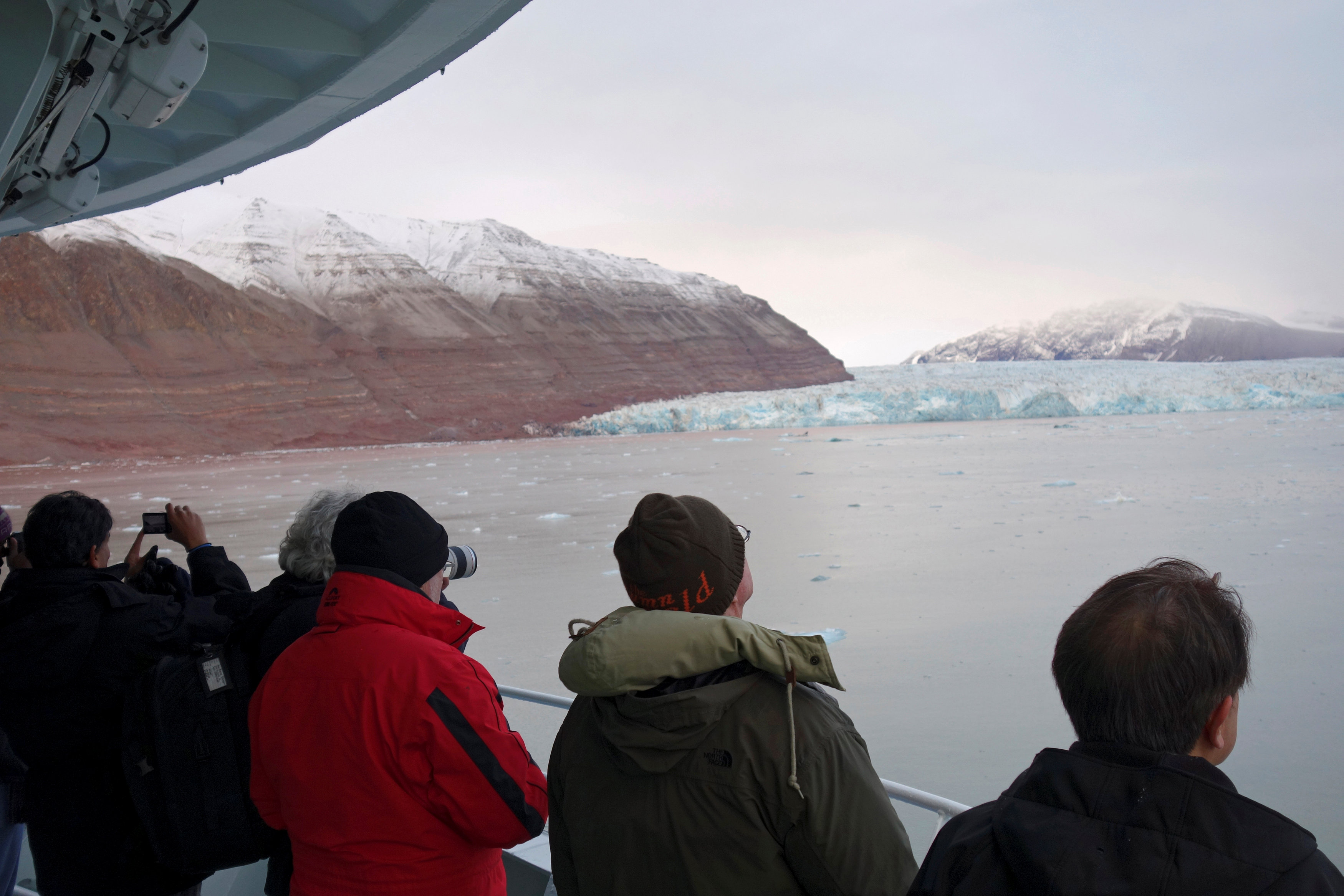Tourism growth in some parts of the North is outpacing the global average

For Santa Claus, the gift this year came before Christmas: overnight stays in Rovaniemi, which brands itself as the jolly old elf’s hometown, were up 25.1 percent in December, compared with the same month last year, according to Visit Rovaniemi, the tourism agency for the Lapland region. For the year as a whole, visits were up 17.6 percent.
This is impressive, even for an industry accustomed to almost uninterrupted growth. In 2015, the most recent year for which UNWTO, the UN tourism division, has published statistics, the number of tourists worldwide rose 5 percent. It was the sixth year running tourism has grown apace, suggesting that the trend continued in 2016. We will know for sure later this spring, when last year’s figures are released.
We do not need to wait that long to say something specific about the importance of international tourism for the global economy. Internationally, global tourism has grown 50 fold since 1950. It is the world’s fastest growing industry, rising to 7 percent of the world’s exports last year, up a full percentage point, and it now ranks behind only fuels and chemicals as the world’s third largest industry, ahead of food production and automobiles.
[Arctic tourism is growing — but that’s playing out differently around the region]
The impacts of an industry this large are particularly noticeable in the North. Iceland has become the most commonly cited example of the promise and the trouble it holds for the region: with 1.8 million visitors last year, tourism is now the country’s biggest earner, ahead of fishing. But, with most of the visitors confined to a limited area near Reykjavík, officials must now address the environmental and social impacts (such as a lack of housing in and around the capital) of such rapid growth.
Away from the capital, it is cruise shipping that has seen significant growth. According to Aeco, an industry group, over 100 vessels will call on the towns of Akureyri (pop 20,000) and Grímsey (pop 90) in the coming year, bringing with them the added challenge keeping visitors safe at sea.
The potential for trouble has not deterred other regions from looking to tap into tourism’s economic potential. Greenland, for example has a national goal to double the number of visitors by 2040.
This is appears attainable: tourism figures rose 11 percent percent during its 2015 high season, for the third year running. More promising, however, is that growth was stronger outside the high season, as well as in areas other than Ilulissat, the main tourist destination.
Kangerlussuaq, site of the main international airport and a cruise ship transfer point, and Nuuk, the capital, posted particularly solid growth. Nuuk’s own 50 percent growth rate was heavily influenced by the 2016 Arctic Winter Games, a big sporting event it hosted. Rather than stand by and watch numbers fall off again this year, the city began a series of seminars last month aimed at informing the local tourism industry of how other regions have successfully attracted more visitors.
One example officials reckon may be worth emulating is Bornholm, a Danish island that has established a reputation as a producer of high-quality food products. Success there has been two-fold: in addition to attracting more visitors, it has also resulted in an increase in the number of permanent residents.
For regions often struggling with declining populations, particularly as young women seek professional opportunities in big cities, that is a gift that even Old Saint Nick might have trouble beating.